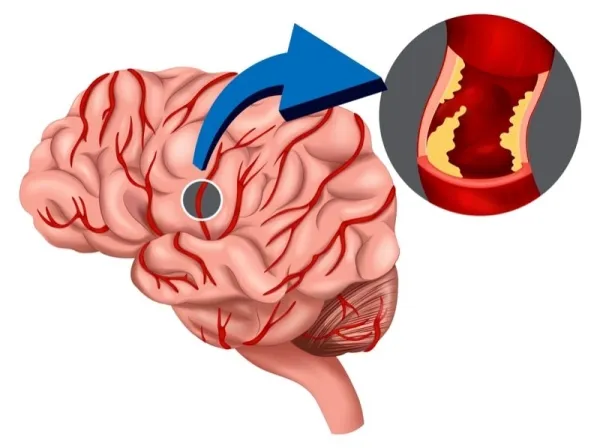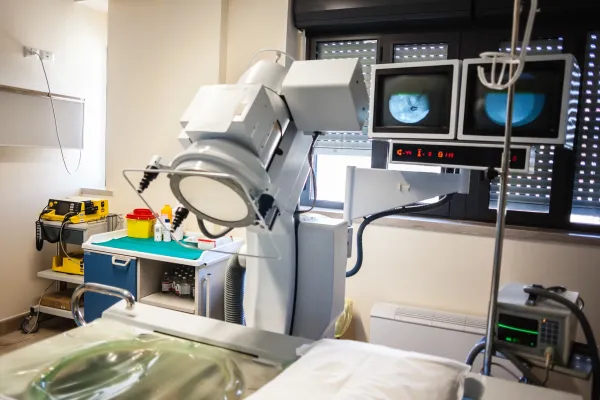Neurosurgery Coding Alert
Concussion, Other Brain Injuries Get Big Code Bump
Remember, these codes take effect before 2023. The World Health Organization (WHO) has released its list of ICD-10 additions, deletions, and revisions for 2023 — and wow, there is a lot to take in. Breakdown: ICD-10 2023 will feature: In this (and upcoming) issues, we’ll take a look at the new ICD-10 codes you’re going to want to know before ICD-10 takes effect. And remember, that effective date is Oct. 1, 2022, so let’s get going. Follow This Guide to Get to the New Concussion/TBI Codes Since there are so many ICD-10 codes to address, we’re going to focus first on concussion and other traumatic brain injury (TBI) code sets that are being added next year. Here’s how we’ll address these codes: Code set S06.0X- (Concussion) This established code leads to new code S06.0XA- (Concussion with loss of consciousness status unknown). Once you get to S06.0XA-, you’ll have to choose from these new seven-character codes: Impact: Adds loss of consciousness status unknown but confirmed concussion to code set, along with encounter type (initial, subsequent, sequela). Code set S06.1X- (Traumatic cerebral edema) This established code leads to new code S06.1XA- (Traumatic cerebral edema with loss of consciousness status unknown). Once you get to S06.1XA-, you’ll have to choose from 7th characters A, D, or S to complete the diagnosis. Impact: Adds loss of consciousness status unknown but confirmed traumatic cerebral edema to code set, along with encounter type. “Reporting clinically significant traumatic cerebral edema is important when trying to support the complexity level of … diagnostic-related group using a secondary diagnosis,” explains Gregory Przybylski, MD, immediate past chairman of neuroscience and director of neurosurgery at the New Jersey Neuroscience Institute, JFK Medical Center in Edison, New Jersey. “This and similar diagnoses should additionally be reported along with the applicable primary diagnosis when clinically significant cerebral edema significantly impacts the patient’s care, as exemplified by additional testing, treatment, and/or length of stay extension as a direct consequence of the secondary diagnosis of cerebral edema.” The medical record should reflect this clinical significance to warrant reporting the secondary diagnosis of cerebral edema. Code set: S06.2X- (Diffuse traumatic brain injury) This established code leads to new code S06.2XA- (Diffuse traumatic brain injury with loss of consciousness status unknown). Once you get to S06.2XA-, you’ll have to choose from 7th characters A, D, or S to complete the diagnosis. Impact: Adds loss of consciousness status unknown but confirmed diffuse TBI, along with encounter type. Code set: S06.30- (Unspecified focal traumatic brain injury) This established code leads you to new code S06.30A- (Unspecified focal traumatic brain injury with loss of consciousness status unknown). Once you get to S06.30A-, you’ll have to choose from 7th characters A, D, or S to complete the diagnosis. Impact: Adds loss of consciousness status unknown but confirmed unspecified focal TBI, as well as the encounter type. Code set S06.34- (Traumatic hemorrhage of right cerebrum) This established code leads you to new code S06.34A- (Traumatic hemorrhage of right cerebrum with loss of consciousness status unknown). Once you get to S06.34A-, you’ll have to choose from 7th characters A, D, or S to complete the diagnosis. Impact: Adds loss of consciousness status unknown but confirmed traumatic hemorrhage of right cerebrum, as well as the encounter type. Code set S06.35- (Traumatic hemorrhage of left cerebrum) This established code leads you to new code S06.35A- (Traumatic hemorrhage of left cerebrum with loss of consciousness status unknown). Once you get to S06.35A-, you’ll have to choose from 7th characters A, D, or S to complete the diagnosis. Impact: Adds loss of consciousness status unknown but confirmed traumatic hemorrhage of left cerebrum, as well as encounter type. Code set: S06.36- (Traumatic hemorrhage of cerebrum, unspecified) This established code leads you to new code S06.36A- (Traumatic hemorrhage of cerebrum, unspecified, with loss of consciousness status unknown). Once you get to S06.36A-, you’ll have to choose from 7th characters A, D, or S to complete the diagnosis. Impact: Adds loss of consciousness status unknown but confirmed traumatic hemorrhage of cerebrum, along with encounter type. Code set: S06.37- (Contusion, laceration, and hemorrhage of cerebellum) This established code leads you to new code S06.37A- (Contusion, laceration, and hemorrhage of cerebellum with loss of consciousness status unknown). Once you get to S06.37A-, you’ll have to choose from 7th characters A, D, or S to complete the diagnosis. Impact: Adds loss of consciousness status unknown but confirmed contusion, laceration, or hemorrhage of cerebellum, along with encounter type. Code set: S06.38- (Contusion, laceration, and hemorrhage of brainstem) This established code leads you to new code leads to new code S06.38A- (Contusion, laceration, and hemorrhage of brainstem with loss of consciousness status unknown). Once you get to S06.38A-, you’ll have to choose from 7th characters A, D, or S to complete the diagnosis. Impact: Adds loss of consciousness status unknown but confirmed contusion, laceration, or hemorrhage of brainstem; along with encounter type. Code set: S06.5X- (Traumatic subdural hemorrhage) This established code leads to new code S06.5XA- (Traumatic subdural hemorrhage with loss of consciousness status unknown). Once you get to S06.5XA-, you’ll have to choose from 7th characters A, D, or S to complete the diagnosis. Impact: Adds loss of consciousness status unknown but confirmed traumatic subdural hemorrhage, along with encounter type. Code set: S06.6X- (Traumatic subarachnoid hemorrhage) This established code leads to new code S06.6XA- (Traumatic subarachnoid hemorrhage with loss of consciousness status unknown). Once you get to S06.6XA-, you’ll have to choose from 7th characters A, D, or S to complete the diagnosis. Impact: Adds loss of consciousness status unknown but confirmed traumatic subarachnoid hemorrhage, along with encounter type.


Related Articles
Neurosurgery Coding Alert
- ICD-10 2023:
Concussion, Other Brain Injuries Get Big Code Bump
Remember, these codes take effect before 2023. The World Health Organization (WHO) has released its [...] - Surgery:
Back Up Corpectomy Coding With Anatomy/Approach Knowledge
Prep with research, as corpectomy comes with slew of codes. When your neurosurgeon performs corpectomy [...] - Injections:
Documentation Can Ease Chemodenervation Code Choice
CPT® has suggested conditions in descriptors, but they’re not required. When a patient needs chemodenervation [...] - You Be the Coder:
Surgery of Skull Base With Approach, Repair
Question: Encounter notes indicate that the surgeon performed the following procedures: Approach: Infratemporal pre-auricular approach, middle [...] - Reader Questions:
Use This Specific New Code for These Arrays
Question: When our provider implants a neurostimulator electrode array in the hypoglossal nerve using open technique, [...] - Reader Questions:
Mind (Notes) to Nail Cath Placement
Question: Encounter notes indicate the provider replaced a distal catheter in a cerebrospinal fluid shunt system. [...] - Reader Questions:
Check Synonyms to Find Migraine With Prodrome
Question: During a level-three office evaluation and management (E/M) service for a new patient, the provider [...]




